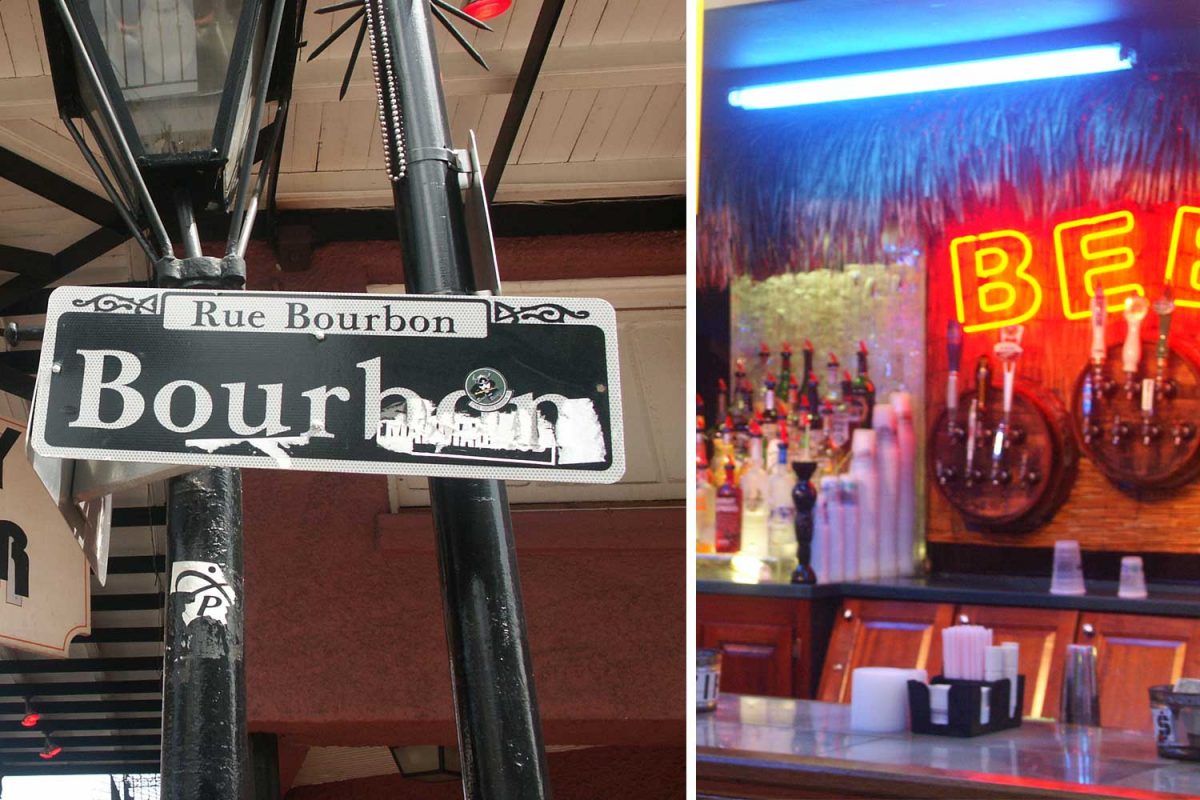
Mardi Gras in New Orleans is the greatest free show on earth: cool parades, hot jazz, incredible entertainment, and spectacular fireworks. There’s no admission charge, for the romance and adventure of a city where the Old World and the New carouse together in the moonlight.
That’s more, it’s easy. You don’t have to know much to celebrate carnival in the Big Easy; you just have to be here to have fun. Still, we’ve got floatload of information to set the scene, just for the fun of it. Because that’s what the revels are about.
Mardi Gras is French for “Fat Tuesday.” Strictly speaking, it’s the day before the start of Lent, a period of fasting and penitence when Catholics traditionally renounce the pleasures of the flesh. Faced with impending abstinence from meat and other indulgences, societies around the world have reacted like convicted criminals offered a last meal.
“Carnival” literally means”farewell to meat,” and some cultures ( New Orleans among them) spend more time including beforehand than they do atoning afterwards.
Venice, Rio de Janeiro, and Swiss, German, Belgian, and French communities dance, drink, and sing their way through elaborate pre-Lenten festivities which sometimes include parades or bals masques (masked balls).
The Crescent city, however stands alone: nowhere else is Mardi Gras celebrated on the scale or with the elaborate abandon of New Orleans.
The Mardi Gras season of masking, mystery and merriment begins for New Orleans residents twelve days after Christmas on January 6. Since medieval times, Twelfth night has culminated the holiday season of rejoicing with masked balls and wild revelry.
But to those who celebrate Carnival, it’s just the beginning of a new season of delights.
In New Orleans, it kicks off a whirl of private and public balls, parties, parades, and general festivities which last through Mardi Gras evening. And when is Mardi Gras?
It falls sometime between February 3 and March 9, depending on the Spring Equinox which determines Easter, which in turn fixes Lent, which is the whole reason for Mardi Gras. Got that? Never mind. The key here is that the parades begin in earnest about 12 days before Mardi Gras.
Expect an unimaginable four days of music and madness, parades and parties unlike anywhere else on Earth.
Mardi Gras Parades
In the last two centuries, over 2,000 parades have rolled through the streets of New Orleans.
Every year, about 70+ parades with approximately 15 to 35 floats take to the streets of greater New Orleans through the days and nights of Mardi Gras season.
While there might be only 200 krewe maskers on one parade’s floats, thousands can participate in the parade, including marching bands, dancers, motorcyclists, flambeaux carriers, clowns, and so forth. Parade routes are mapped out daily in the newspaper. Most begin Uptown and end Downtown.
But there are mid City, Metairie, and West Bank routes as well.
Many parades, including Rex, used to wend their way through the narrow streets of the French Quarter, but the wide floats, flambeaux, and packed crowds proved too dangerous, so a city ordinance outlawed Mardi Gras parades in the Quarter.
Now, only the Krewe du Vieux’s small mule and hand drawn floats roll through the French Quarter, legitimately since they parade before the official Mardi Gras season begins.
In general, Uptown is a good bet for families; the French Quarter is wilder, and the police follow a pretty laissez- faire policy Mardi Gras day.

